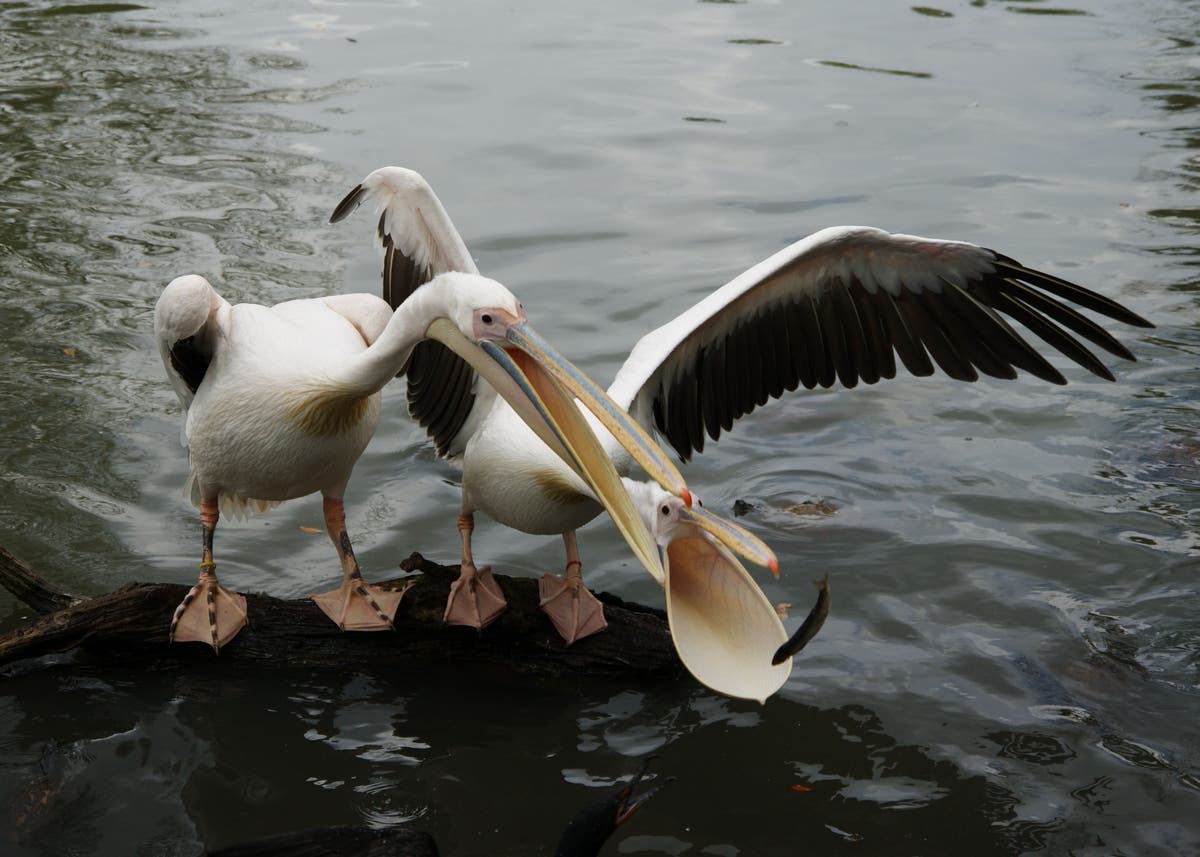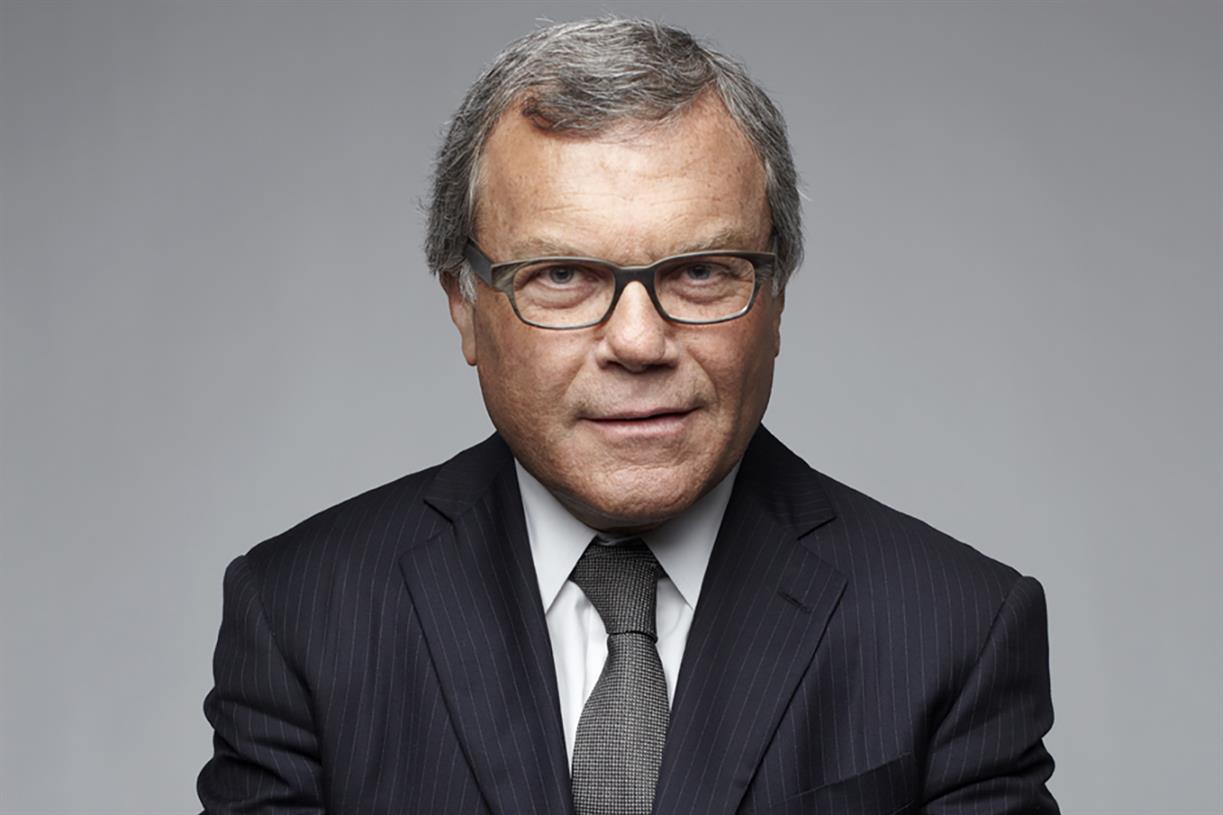Through the Enneagram, I Discovered an Entirely New Sense of Self—and Transformed Every Relationship in My Life
An expert unpacks the transformative tool. The post Through the Enneagram, I Discovered an Entirely New Sense of Self—and Transformed Every Relationship in My Life appeared first on Camille Styles.

In recent months, I’ve found myself craving something deeper—a sense of inner peace that feels steady, like a quiet confidence in who I am and how I move through the world. I wanted to trust that how I show up is enough, not just for others, but for myself. It was during this personal reckoning that I met Elle Pugh, a Certified Enneagram Facilitator and Coach, at our annual Camille Styles editors’ summit. Working with her brought a surprising clarity, connecting me to a path of growth I hadn’t expected. Elle’s approach to personal development—rooted in the Enneagram—felt like an invitation to unravel old patterns and discover a more expansive way of being.
The experience was transformative, illuminating places in my life where I was holding on too tightly and offering permission to release what no longer served me. The Enneagram became more than a personality framework; it became a mirror, reflecting both my strengths and blind spots. I knew I wanted to go deeper—not only for myself but to share this wisdom with others. There’s a profound power in understanding how we operate at our core, and I saw the potential for this tool to inspire healthier, more meaningful relationships, both personally and professionally.
Featured image from our interview with Riley Blanks Reid by Jenn Rose Smith.

What is the Enneagram? An Expert Dives Deep
To explore the full depth of the Enneagram’s potential, I sat down with Elle to uncover how this framework can help people connect more authentically. We discussed the ways our Enneagram type—essentially the structure of our ego—shapes how we view the world and interact with others. With Elle’s guidance, we delved into how this awareness can unlock a new level of empathy, not only helping us nurture healthier dynamics with the people around us but also offering a roadmap for personal growth. I hope this conversation sparks the same curiosity for you as it did for me.

Elle Pugh is a Certified Enneagram Facilitator and Coach, Registered Nurse, and entrepreneur dedicated to holistic wellness and personal growth. Elle is committed to helping individuals and organizations understand themselves so they can find healing and renewed connection with one another.
How can understanding your Enneagram type help improve relationships, both personally and professionally?
Your Enneagram type is equivalent to your ego. We all develop an ego in early childhood to help us survive. The Enneagram describes nine different types of ego we see in humans. Each one is associated with certain default beliefs about the way the world works and behaviors this type of ego developed as a way of creating security, gaining esteem and feeling in control. But with each ego, there are unconscious patterns that keep us from thriving called blind spots.
Understanding your Enneagram type is like holding a mirror up to yourself—you’re finally able to understand why you do what you do, feel what you feel, and think what you think.
When you have that level of self-awareness, it’s easier to understand how you show up in relationships, both personally and professionally. You can identify patterns of communication and behavior that either strengthen or strain your connections. It also helps you empathize with others by recognizing that they see the world through a different lens by learning about the other Enneagram types.
How do different Enneagram types interact?
Professional relationships: An Enneagram Type 1 values structure and high morality. In a professional setting, they might excel at creating order and ensuring high standards, but they can also come across as critical or overly perfectionistic. If an Enneagram Type 1 is working with an Enneagram Type 7, who loves spontaneity and variety, tension might arise when the Type 7 feels stifled by the Type 1’s focus on rules and rigidity. But if both types understand each other, the Type 1 can appreciate the energy and creative ideas of the Type 7, while the Type 7 can see the value in the Type 1’s discipline and reliability. Instead of clashing, they can complement each other.
Personal relationships: An Enneagram Type 2 learned they must support and nurture their loved ones to get their needs met, but oftentimes they do this to the point of neglecting their own needs. If they’re in a relationship with an Enneagram Type 5, who values independence and needs lots of privacy, there can be a disconnect if the Type 2 feels rejected and the Type 5 feels overwhelmed by too much attention. By understanding their types, the Type 2 can learn to give the Type 5 space without feeling unappreciated, and the Type 5 can recognize the Type 2’s need for connection and offer reassurance in their own way.
Ultimately, knowing your Enneagram type gives you a roadmap for growth. How to navigate your strengths and challenges, and how to meet others where they are, whether it’s collaborating on a project at work or building deeper intimacy in your personal life. When both parties are self-aware, it opens up a space for more honest, compassionate, and effective communication.
What are some practical steps someone can take after discovering their type to begin this journey of growth?
Understanding your Enneagram type goes beyond taking a test—it’s about deeply exploring who you are and how you’ve always operated. Here are six steps I always suggest people take. By following these steps, you’ll uncover the patterns that shape your behavior and learn how to use that awareness to grow in both your personal and professional life.
1. Learn about All Nine Types
If you took an online test to discover your Enneagram type, that’s a great start! But don’t stop there. Use it as an entry point. Read up on all nine types, especially the top three from your test, and ask *why* you act the way you do.
Self-observation is key.
2. You’re Only One Type
You might feel connected to multiple types, but you’ve always had one dominant type. To find it, think about who you’ve been since your late teens—especially when tired or stressed. Those automatic behaviors reveal your true type, even if you’ve learned to manage them over time.
3. Explore the 27 Subtypes
Yes, there’s more! Each type has three subtypes (self-preservation, social, or one-on-one), and understanding yours is critical. Subtypes help clarify your dominant type. Dig deeper—it’s worth it. Check out my blog for more on this.
4. See Your Type as the Mask You Wear
Your Enneagram type is equivalent to your ego. It’s a mask you learned to wear to keep you safe and comfortable. For this reason, our Type reveals to us who we are not. Our work is to take off the mask so we can recover our whole, authentic self underneath.
5. Practice Self-Observation
The Enneagram invites curiosity. Start observing your behavior. When you bring awareness to your unconscious patterns, you wake up and stop sleepwalking through life. This is where change begins.
6. Ask If Your Personality Is Holding You Back
Once you start observing, ask: Why did I develop this behavior? How is it holding me back or hurting others? What could I gain by letting it go? These questions help you move from awareness to transformation.
For more details on these steps, you can download my free “I Know My Type, Now What?” guide.
What advice would you give to someone who’s struggling to pinpoint their core type? How should they approach this uncertainty?
This is completely to be expected because the whole map—all nine points—represents who we are in our wholeness. When we were young, we had free-flowing access to all nine points. Over time, in early childhood, as we developed our ego, we lost touch with all of the other eight points. However, you may relate to tendencies of several types. It’s important to know that’s to be expected.
Many types look the same on the surface. For example, some types are more prone to people-pleasing while other types are truth-tellers, some are more optimistic and others less so. But each type’s motivations for why they show up the way they do is very different.
As I mentioned above, to use the Enneagram framework for deep transformation, it is important to determine your one dominant type. You can check out my resources page to help you determine your core type or schedule an expert typing interview with me to discover your type.
The Enneagram is sometimes criticized for being overly complex. What would you say to someone hesitant to explore the Enneagram for these reasons?
That’s what makes it so beautiful. It’s not a party trick or a quick fix to your problems. The Enneagram is a sacred framework that you can study for the rest of your life.
In Western culture, our attention spans have nearly disappeared—preventing us from being able to pause and reflect. This is a result of our addiction to constant stimulation. The Enneagram is a tool to help you slow down, make space for reflection, and get clear on who you are so you can live a deeply connected and meaningful life.
It does have many layers and knowing how to approach the Enneagram can be a bit overwhelming. That’s why I developed my 9-Week From Ego to Essence Coaching Program to guide you through the foundational principles of the Enneagram.

 Aliver
Aliver 































